Maggie Ryan Sandford - Consider the Platypus: Evolution through Biology’s Most Baffling Beasts
Here you can read online Maggie Ryan Sandford - Consider the Platypus: Evolution through Biology’s Most Baffling Beasts full text of the book (entire story) in english for free. Download pdf and epub, get meaning, cover and reviews about this ebook. year: 2019, publisher: Black Dog & Leventhal, genre: Science. Description of the work, (preface) as well as reviews are available. Best literature library LitArk.com created for fans of good reading and offers a wide selection of genres:
Romance novel
Science fiction
Adventure
Detective
Science
History
Home and family
Prose
Art
Politics
Computer
Non-fiction
Religion
Business
Children
Humor
Choose a favorite category and find really read worthwhile books. Enjoy immersion in the world of imagination, feel the emotions of the characters or learn something new for yourself, make an fascinating discovery.

- Book:Consider the Platypus: Evolution through Biology’s Most Baffling Beasts
- Author:
- Publisher:Black Dog & Leventhal
- Genre:
- Year:2019
- Rating:3 / 5
- Favourites:Add to favourites
- Your mark:
Consider the Platypus: Evolution through Biology’s Most Baffling Beasts: summary, description and annotation
We offer to read an annotation, description, summary or preface (depends on what the author of the book "Consider the Platypus: Evolution through Biology’s Most Baffling Beasts" wrote himself). If you haven't found the necessary information about the book — write in the comments, we will try to find it.
Consider the Platypusexplores the history and features of more than 50 animals to provide insight into our current understanding of evolution. Using Darwins theory as a springboard, Maggie Ryan Sandford details scientists initial understanding of the development of creatures and how that has expanded in the wake of genetic sequencing, including the:
Peppered Moth, which changed color based on the amount of soot in the London air;
California Two-Spotted Octopus, which has the amazing ability to alter its DNA/RNA not over generations but during its lifetime;
miniscule tardigrade, which is so hearty it can withstand radiation, lack of water and oxygen, and temperatures as low as -328F and as high 304 F;
and, of course, the platypus, which has so many disparate features, from a ducks bill to venomous spur to mammary patches, that scientists originally thought it was a hoax.
Surprising, witty, and impeccably researched, Sandford describes each animals significant features and how these have adapted to its environment, such as the zebra finchs beak shape, which was observed by Charles Darwin and is a cornerstone of his Theory of Evolution. With scientifically accurate but charming art by Rodica Prato,Consider the Platypusshowcases species as diverse as the sloth, honey bee, cow, brown kiwi, and lungfish, to name a few, to tackle intimidating concepts is a accessible way.
Maggie Ryan Sandford: author's other books
Who wrote Consider the Platypus: Evolution through Biology’s Most Baffling Beasts? Find out the surname, the name of the author of the book and a list of all author's works by series.

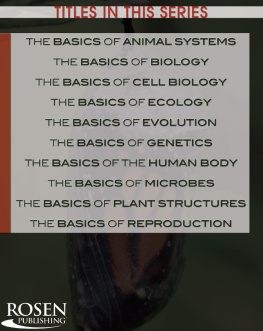
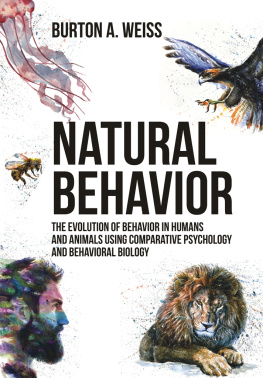

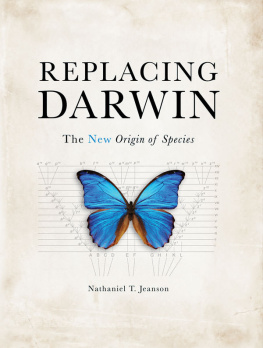
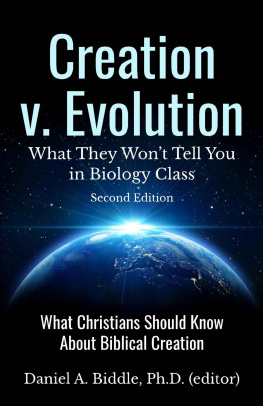
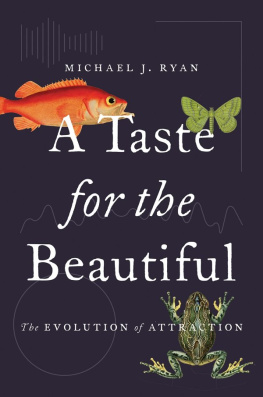
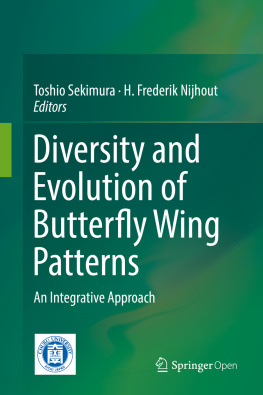
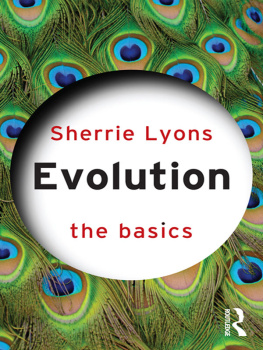
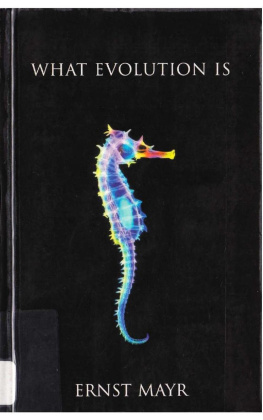
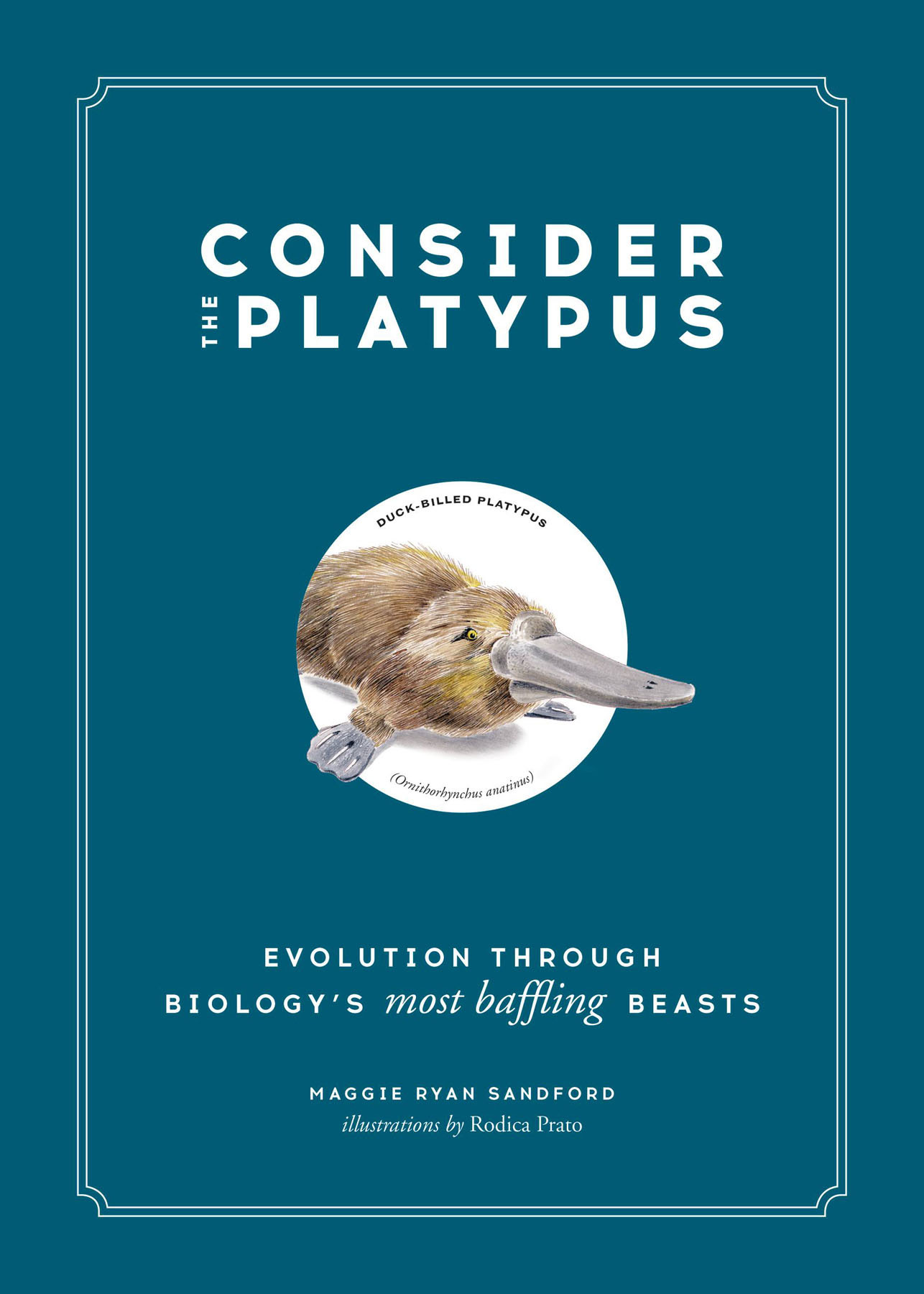

 is made up of more than one cell (multicellular)
is made up of more than one cell (multicellular)
